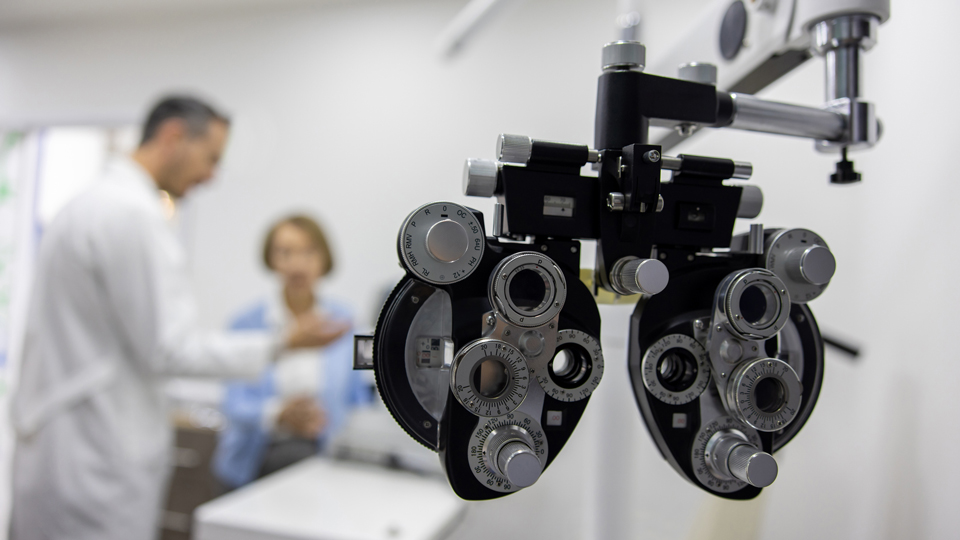Optometrist, Ben Phipps, outlined how an enhanced macular referral pathway at Bristol Eye Hospital had reduced waiting times for treatment during his presentation at the AOP’s Hospital and Specialty Optometrists Conference (London, 8–9 November).
Phipps shared that before the introduction of the pathway there were opportunities to improve communication between the hospital eye service and optometrists working in the community.
“For wet AMD, we have always had a fast-track system so that optometrists can refer in by email. However, even though they were sending in optical coherence tomography slices, we often found that we didn’t have the information that we needed to be able to triage those patients accurately,” he said.
Phipps added that this meant that sometimes OCT scans would be repeated. He noted that some macular referrals went through a GP practice, which had the potential to cause delays.
Phipps shared that only 25–30% of patients referred with possible wet AMD ended up receiving treatment.
He explained that the new pathway aimed to reduce unnecessary patient visits to hospital, while also enhancing image sharing between primary and secondary care.
Under the new system, optometrists can send OCT scans, fundus images and a summary of their clinical interaction with the patient.
“That comes in with the referral through Opera, which was a system optometrists were already using for cataract referrals,” Phipps explained.
“Information from the GP is attached at that point as the patient summary care record. That then comes through to the national e-referral system,” he said.
Phipps noted that if the image captured in primary care is clear, then the optometrist would be paid £30 for the assessment.
Hospital clinicians will then review the images, a summary care record, and the referral information to make an assessment about whether treatment is required by the patient.
An audit of 373 referrals found that only around one in four patients required a hospital visit.
“We directly communicate back to the optometrist the next day. They get information back very quickly,” he said.
Phipps shared that the enhanced pathway provides improved communication with primary care colleagues and has ensured that patients who need treatment are seen faster.
“This really cuts down the time between the patient being seen by the optometrist and receiving treatment, which is obviously very important in wet AMD,” he said.
Analysis of data from the new pathway found that there was a median waiting time of eight days between a referral being received and the patient having treatment.
“That is significantly better than the national ophthalmology dataset, which reports that 40.3% of the time people are having injections within 14 days,” he highlighted.
